All good things must come to an end, and Citroën knew its DS range was on borrowed time by the start of the 1970s. Its response was the CX, which took its name from the French phrase for aerodynamic drag and summed up the new model’s approach.
Here was a car that was designed from the outset to be efficient, clean and sleek, yet it had a style and appeal that was unique to Citroën and as French as a Parisian waiter’s shrug. Up against rivals such as the Ford Granada, Peugeot 604, and Triumph 2000, the CX made them all look a bit square, conventional, and frumpy. On the other hand, the Ford and Triumph were around £800 cheaper in 1974, which was a not inconsiderable sum.

Launched in 1974, and arriving in the UK the following year, the CX confirmed its position as an innovative design by winning the 1975 European Car of the Year award. Not long after this, Citroën added a 2.2-litre petrol engine to the existing 2.0-litre to broaden the line-up, and the vast Safari estate joined in 1976.
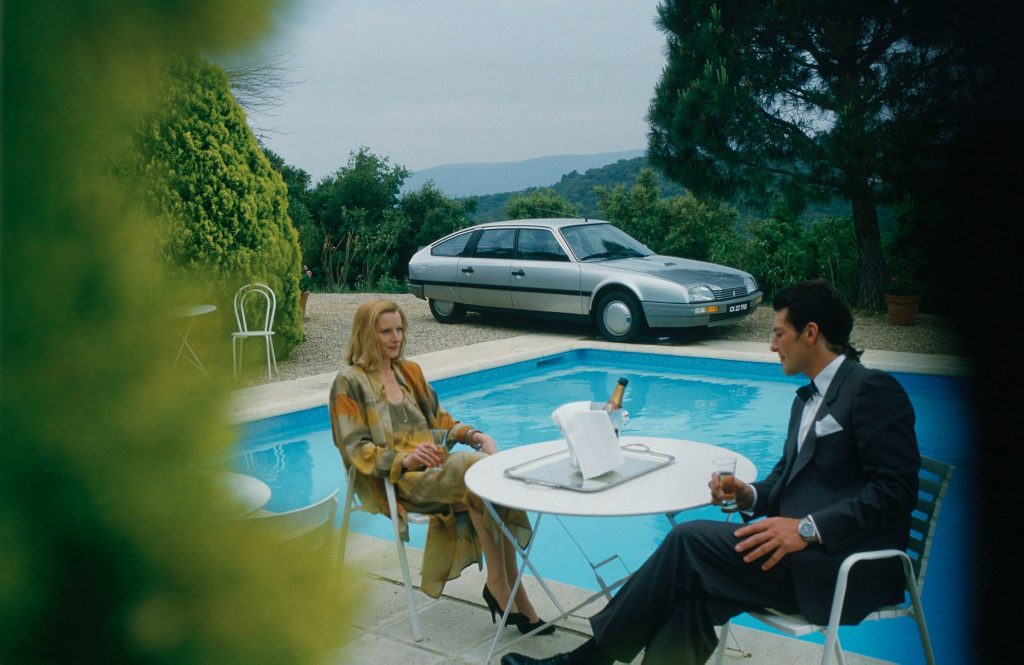
With a 9-inch longer wheelbase, the Safari was huge, and the same platform was used for the Prestige model to offer extra rear legroom that was appreciated by many French presidents and officials. A 2.2-litre diesel was also now part of the CX family.
For 1977, another engine became available with the 2400 model and its 2.4-litre petrol, while the Familiale estate provided seven seats across three rows. Citroën also introduced the first GTi model with its 128bhp 2.4-litre engine.
Citroën continually improved and updated the CX over the coming years, improving the engines and specification. However, the biggest news came in 1984 when it launched the CX GTi Turbo with a 168bhp 2473cc engine. It may not sound like much by today’s standards, but this sort of power was enough to propel the Turbo from 0-60mph in eight seconds and on to a top speed of 138mph.
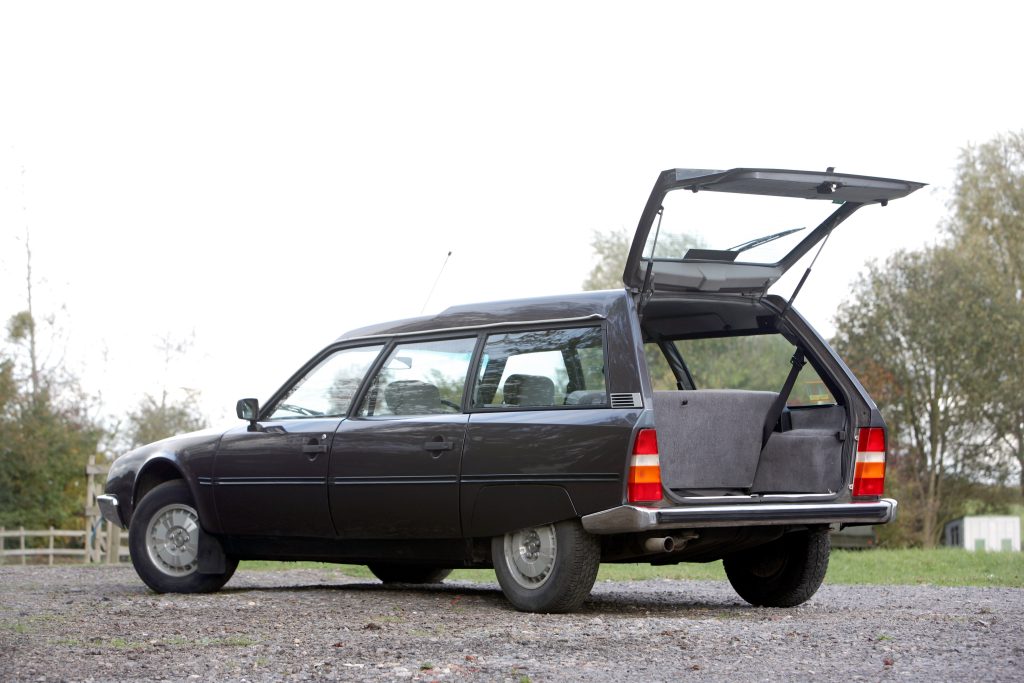
Not a hot hatch in the way other cars sporting the ‘Turbo’ badge were in the mid-1980s, the Citroën was an unbeatable long-distance, high-speed cruiser that won universal praise. It also came with a more conventional dash design that used normal dials in place of the tumbling rollers in lesser models.
In 1985, the rest of the CX range adopted the same dash design as part of a major facelift. Two years later, all 2.5-litre CXs were fitted with ABS anti-lock brakes as standard, but by this time the writing was one the wall for the big French car.
The XM was introduced in 1989, which put an end to the CX four-door, while the estate model soldiered on being produced by Heuliez until the beginning of 1991. After a long time in the second-hand doldrums, the CX has emerged as a charming, charismatic classic that is more practical to own and run than a DS, and costs a lot less to buy.
What’s a CX like to drive?
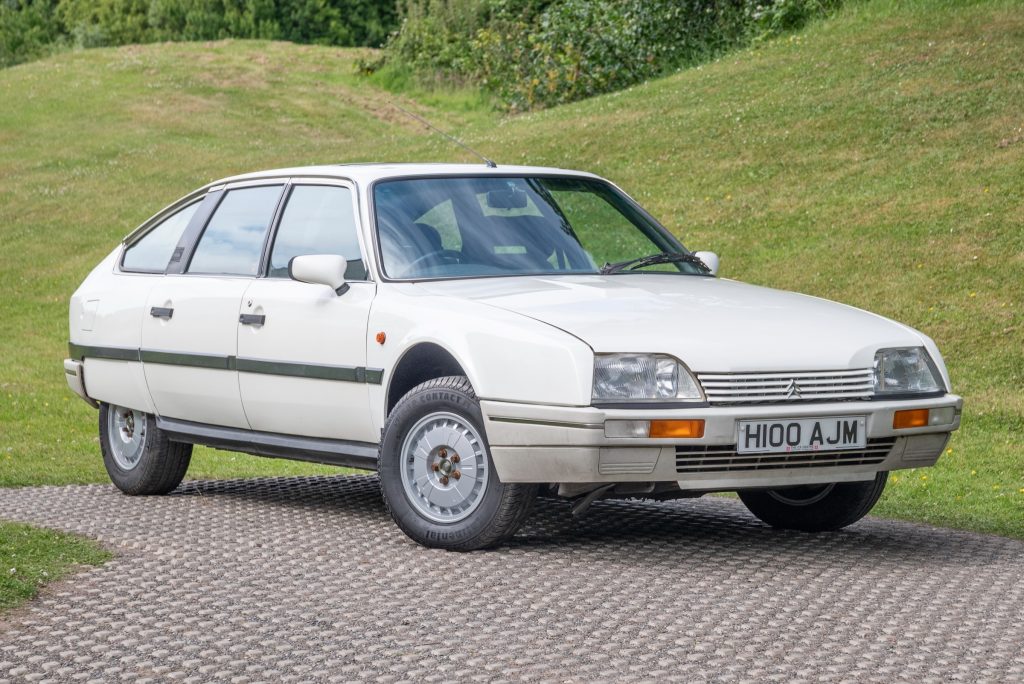
Citroën tried hard to make the CX more conventional to drive than the DS, realising that quirky was not always appealing to executive car buyers. For this reason, the ‘mushroom’ brake pedal button of the DS was replaced with a normal pedal, which makes it much easier to learn and modulate the retardation of the car. It still needs some care and practice to bring the CX to a gliding halt, but once mastered it’s another string to your driving bow that makes learning this car a challenge and reward.
Very early CXs had non-assisted steering with low gearing to overcome the effort needed to turn the wheel. This led to vague feedback and lots of twirling to change direction in with any verve, so we’d recommend seeking out cars from 1976-on that have the Vari-Power assisted steering fitted. Most CXs on the market are later cars, so have power steering anyway, and it makes the Citroën a pleasure to use in town or on the motorway where it will be supremely stable.
Every CX uses Citroën’s famous hydropneumatic suspension system and, yes, it rides with all the otherworldly smoothness it’s famed for. Some big bumps can catch out the system, such as humpback bridges taken briskly, but compared to almost all of the CX’s competition of the time nothing comes close for comfort. You do get used to the amount of body lean in corners, which has no relation to grip, so you can press on knowing that gentle understeer will tell you when the front tyres have had enough.
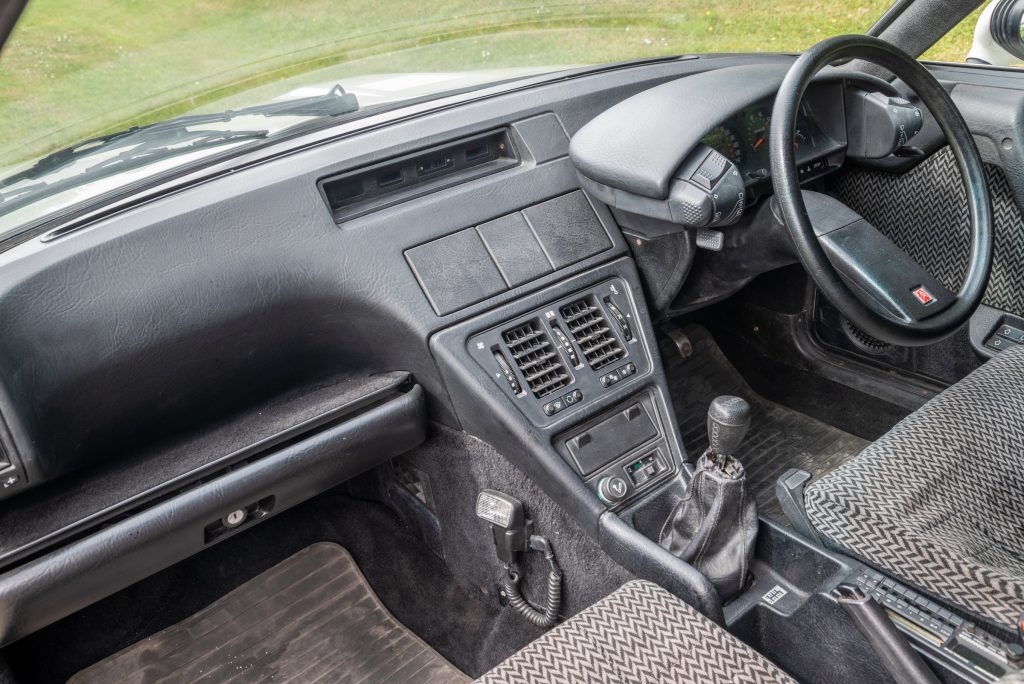
Large, comfortable seats in the front and back make the Citroën CX an ideal long-distance cruiser, and the GTi Turbo adds in brisk pace thanks to its 217lb ft of torque that peaks at just over 3000rpm. Wind and road noise can be surprising though – there’s more than you might expect of a car with such a slippery shape. On the other hand, compared to a square-rigged Ford Granada or Volvo 244, the CX is decently refined. If you want to carry more people or luggage, the estate models are vast, but the extra nine inches of length reduces the number of places you can park it.
As for engines, the GTi Turbo is most desirable, but don’t rule out the others. Purists will prefer the original 2.0-litre of the CX2000, but the 2.2-litre that joined it in 1975 has more power and torque to make it a much easier motor to live with. The same applies to the 2.4-litre engine.
Diesels offered remarkable performance for their day – the DTR Turbo 2 was the quickest production diesel car in the world at the time of its launch in 1987 – and while they won’t feel quite as brisk by modern standards, they’re still solid, long-legged choices. Early cars had four-speed manual gearboxes, but the five-speeder introduced in 1977 is a better choice. Citroën also offered its C-Matic automatic up to 1981, when it was replaced by a ZF three-speed auto with torque convertor that’s stronger and more reliable.
How much does a CX cost?
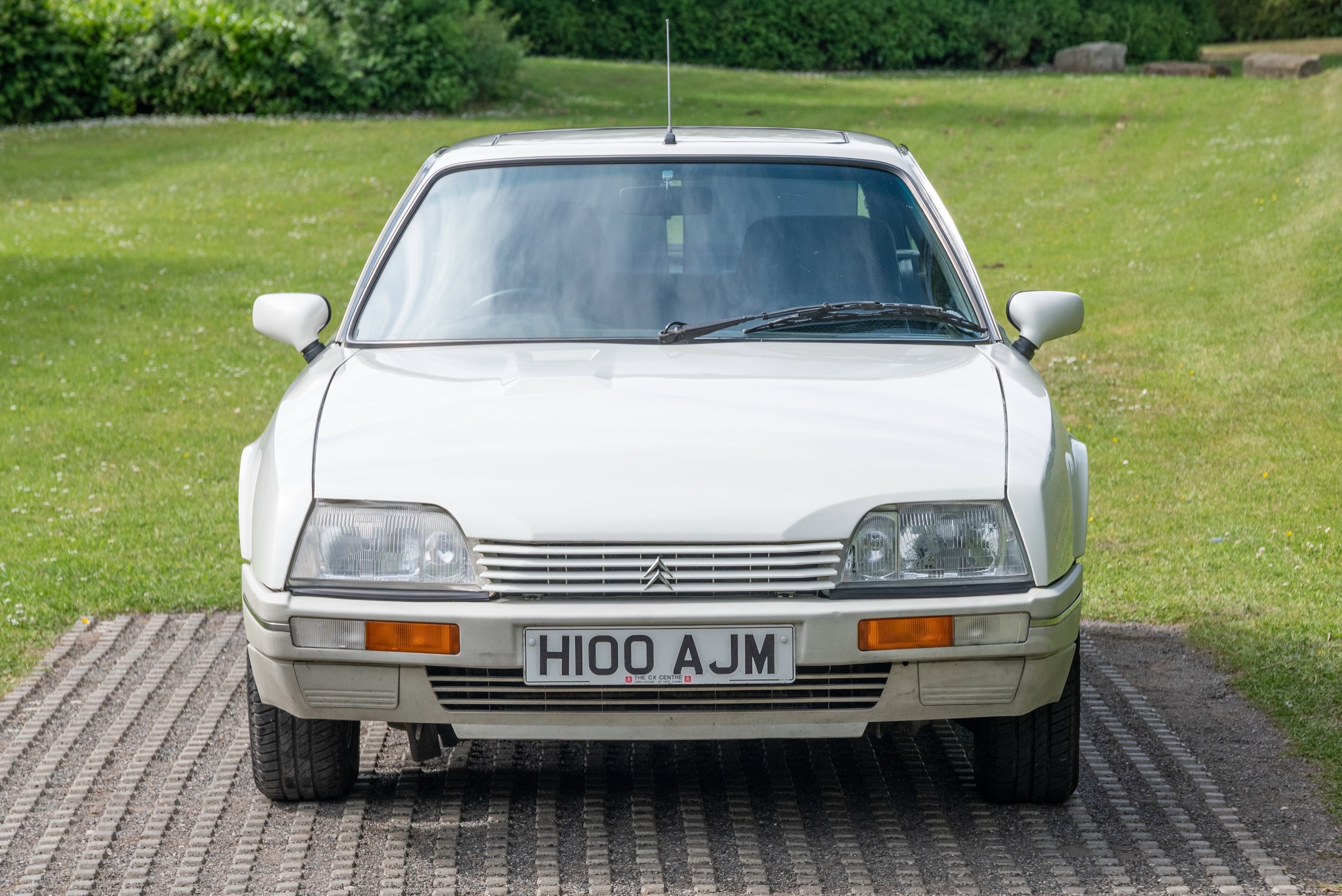
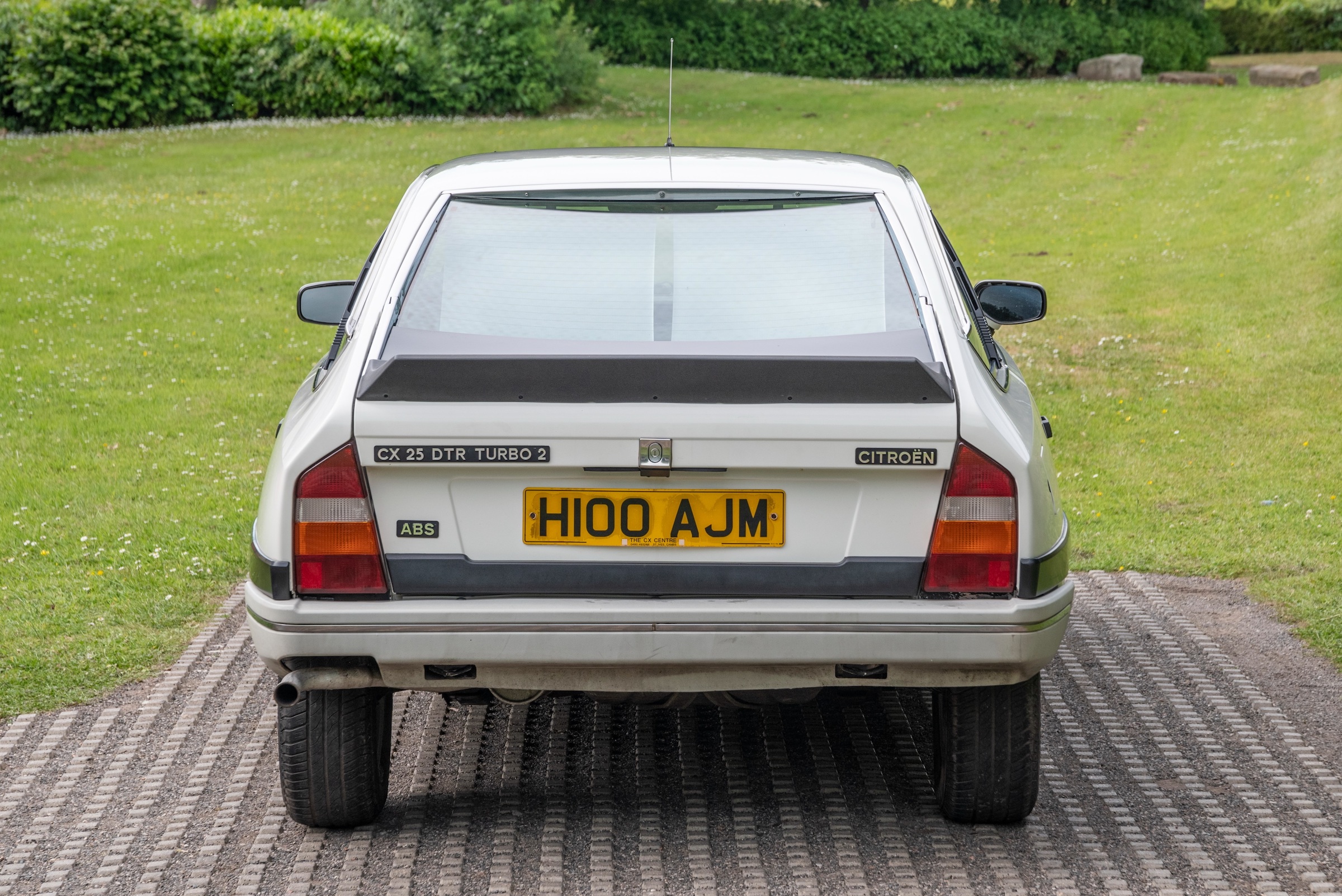
Concerns about the Citroën CX’s hydropneumatic system have, in the past, kept prices down. That is changing as the CX becomes more appreciated and there are several specialists out there able to keep these cars running just fine. As a result, the stigma is vanishing and the very best cars can now nudge £30,000, as you can see from browsing the Hagerty Price Guide.
However, an early CX2000 in decent shape should cost from just £4600, while a mint example is around £9600. The same prices apply to the 2200 that is easier to live with, while you’ll pay about £5000 for a running and usable Safari of the same mid-1970s era. An estate in top condition will cost about £11,600, and so will an immaculate 2500 Diesel of the same age.
CXs from the 1980s are generally worth slightly less for the lesser models, but you’ll need to stump up around £9100 for a decent GTi Turbo. Find a really good show-quality car and that price goes up to £16,200. A diesel-powered DTR Turbo from 1987 will cost from about £5000 for one you can use straight away, while the best command up to £11,600. The rare Prestige model starts at £3300 for a running car, rising though £7100 for a decent example and all the way to £12,700 for the best.
What goes wrong and what should you look for when buying?
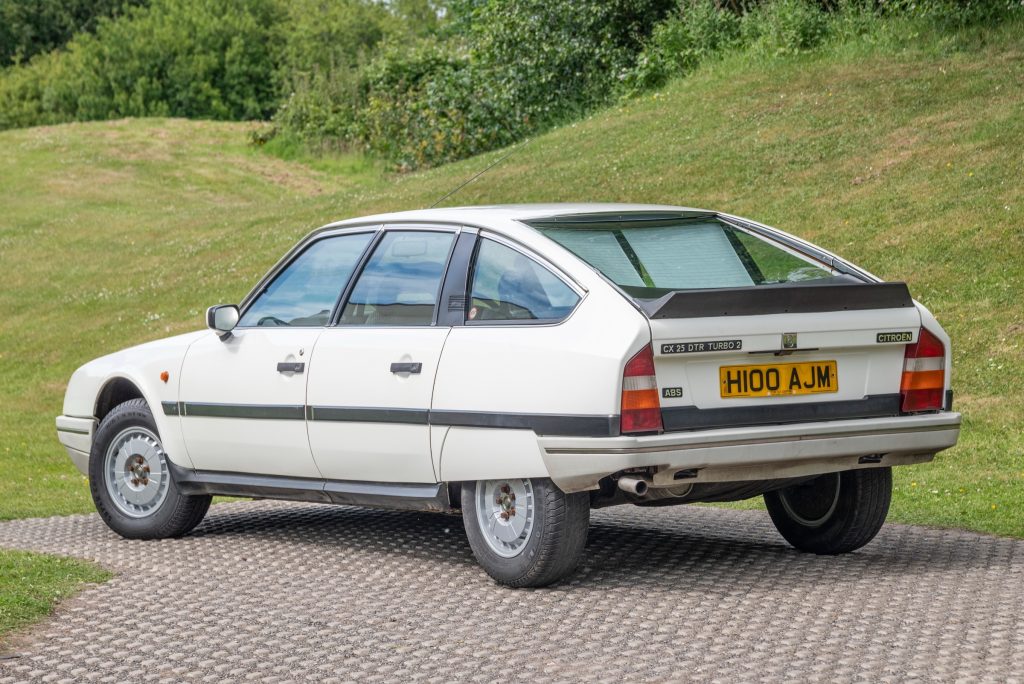
As with most cars of this period, the first place to start any inspection is with the bodywork. With even the youngest Citroën CX now more than three decades old, they can rust almost anywhere, but cars from October 1980-onwards were better protected from new and many survive in amazingly good condition.
Check all around the wheelarches, front and rear screens, door bottoms, and sills. The floors of the CX can also corrode badly, and you must check the longerons that run the length of the underside of the car – if they are rotten, the car is probably uneconomic to restore at current values, so you’ll need to be doing it for the love as much as anything. On the estates, the tailgate hinge can seize and this then causes the roof panel to crack and rust as the hatch is forced open and shut.
All of the engines are long-lived and durable, but the diesels need an oil change every 5000 miles or once a year to keep them fit. The DTR Turbo 2 suffered with porous aluminium engine blocks, but almost all should be sorted now – look for Échange Standard on the engine plate that shows it’s had a replacement motor from Citroën. Citroën used the 2.0-litre, and later 2.2-litre, Douvrin four-cylinder engine from 1979 and this has a rubber timing belt in place of the other engines’ chains. This shouldn’t be a worry, but make sure the belt is changed every 40,000 miles or four years. The C-Matic gearbox can suffer from worn oil seals that makes it tricky the change gear.
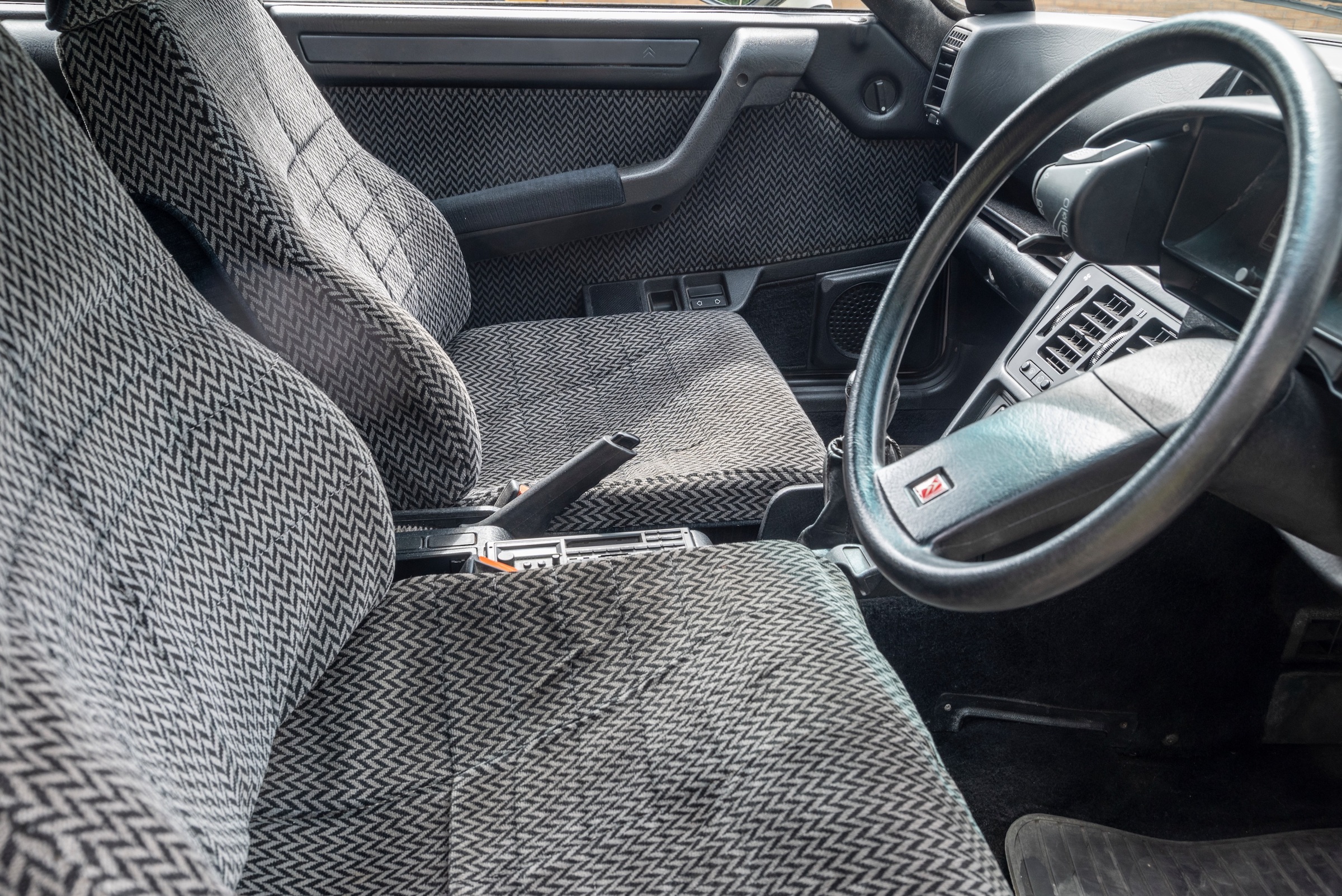
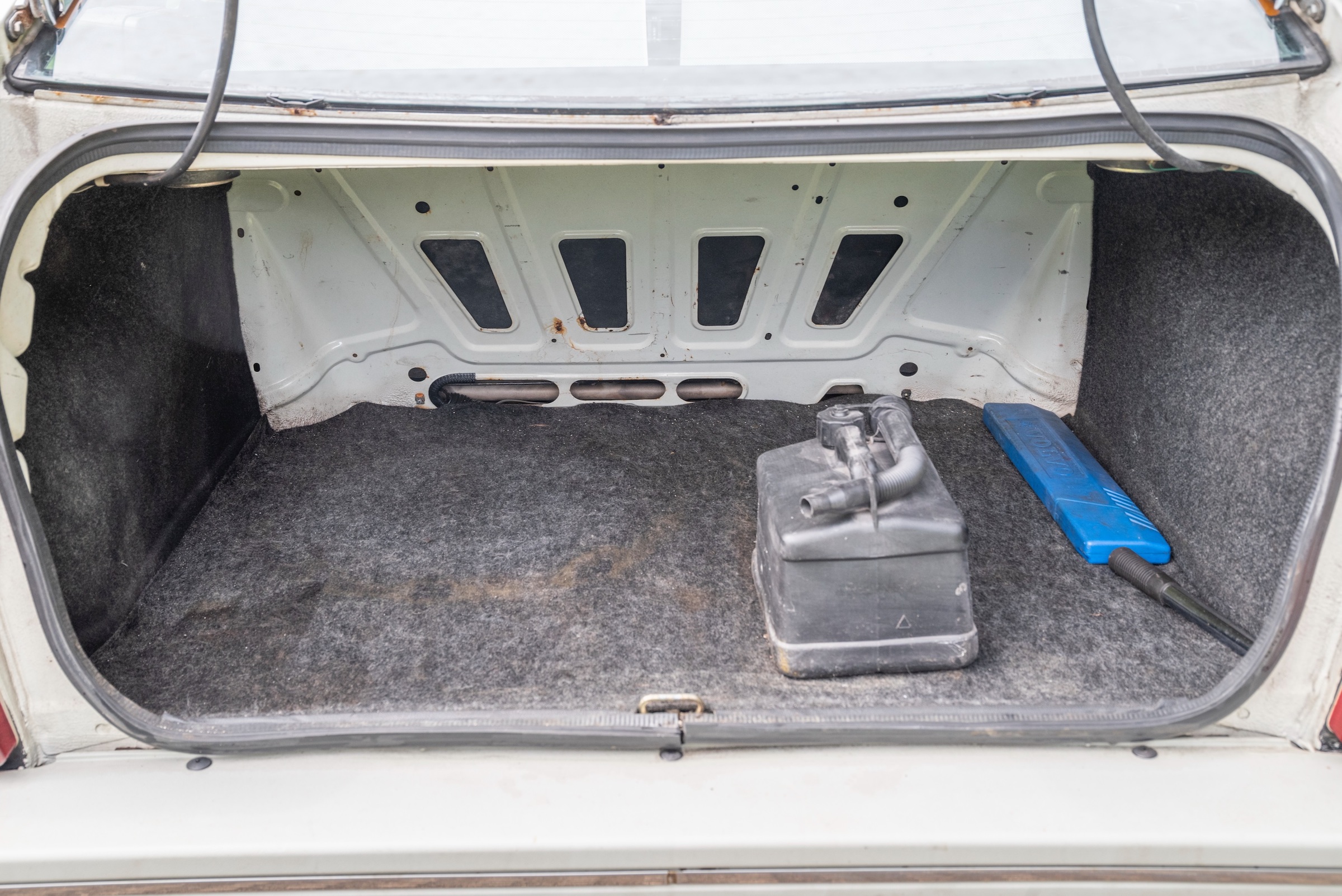
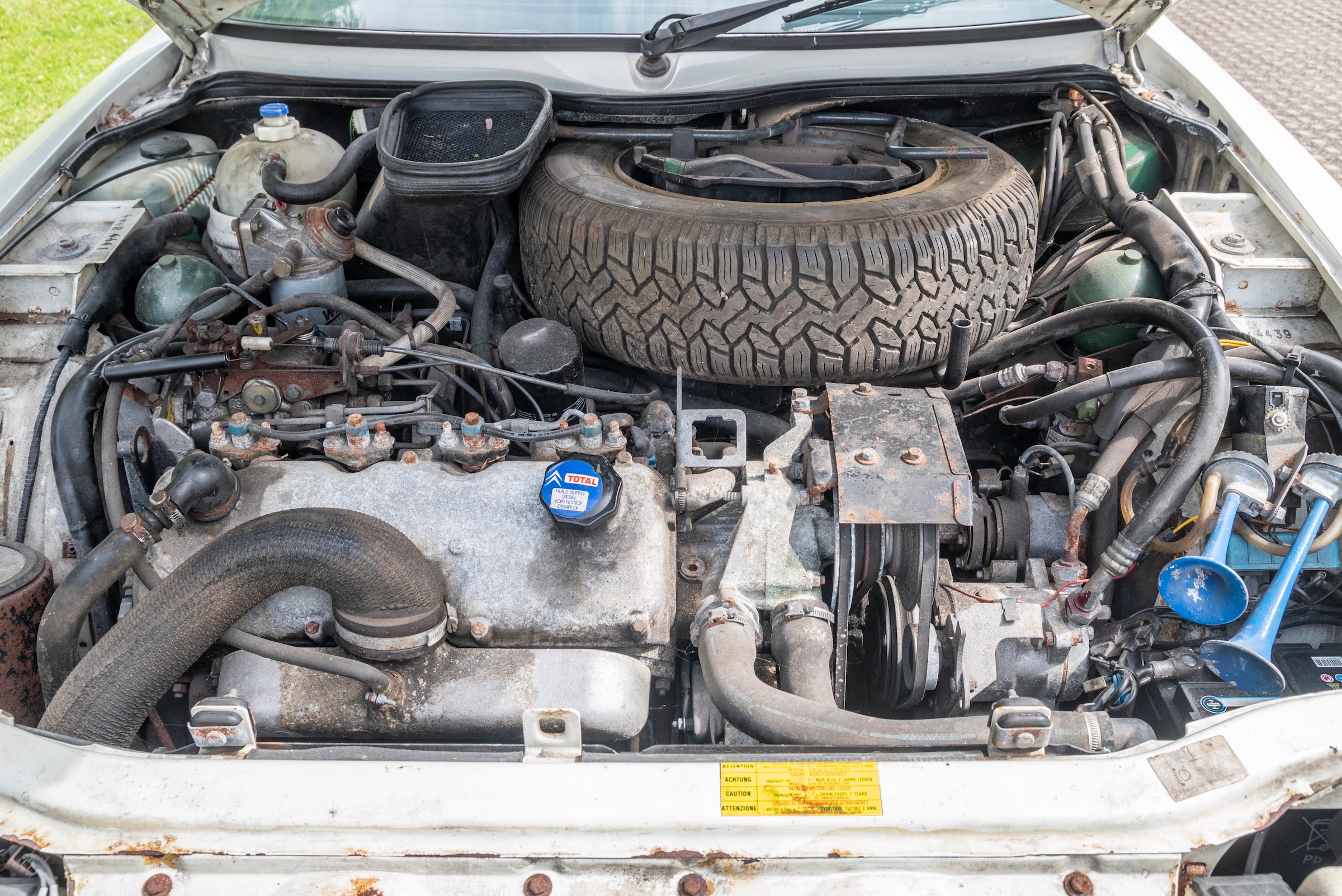
Citroën’s hydropneumatic system is not as complex or intimidating as many think. The six gas spheres lose their charge over time, so reckon on replacing them every five years or so. The fronts are easy to access, but the rear ones are a bit more fiddly. Most problems stem from corroded pipes, which are easy enough to replace. You also need to be sure the system only uses the correct green LHM (liquid huile mineral), and it should be a bright, clear green colour rather than cloudy. A complete LHM fluid replacement every four years is recommended.
To check the system is working, be sure the car rises to its correct suspension height within 15 seconds of starting the engine. If it doesn’t, a new sphere or hydraulic pump is on the cards. With the engine running and the suspension up to working height, try bouncing the suspension up and down at each corner. It should settle quickly back to the correct height. If the suspension remains solid, it’s likely the spheres have given up.
Electrics can be fragile, so make sure everything works, including the ABS system if fitted. Also, some interior trim is now very difficult to replace, especially for cars with fabric interiors, so make sure it’s all in good condition and all there. One other point to look for is the tyres on the car as many CXs were fitted with Michelin TRX rubber when new. Direct replacements are available but expensive.
Which is the right CX for you?
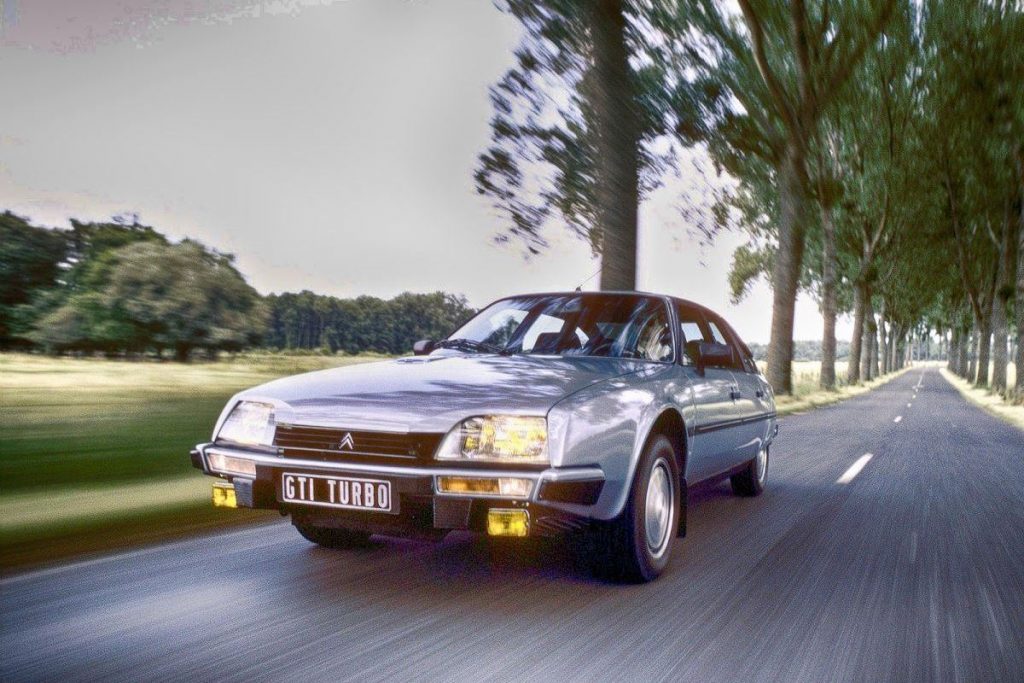
The GTi Turbo 2 is the Citroën CX that grabbed the most headlines when new and it remains the most sought-after model. It’s easy to see why when it blends the CX’s sleek looks and svelte ride with a strong turn of speed. Don’t be fooled into thinking it’s a hardcore sports saloon, though, as it’s more of a four-door grand tourer than out-and-out performance machine. For this reason, don’t discount the DTR Turbo as it’s not much slower in the real world.
If you’re more interested by indulging in the CX’s luxurious comfort, the Prestige model is the one to have, but its rarity can make finding one difficult. Even imported, left-hand drive cars from France are thin on the ground, which leaves the more mainstream versions. Best of the bunch is a Series 1 car built between 1980 and 1985 so you get the early style of dash but better rust-proofing. This will also get you a car with the 2.4-litre petrol engine and five-speed manual gearbox, as well as power steering to make the car much more pleasurable to live with.
The Safari five-seat and seven-seater Familiale estates hold a strong appeal and can still carry enormous amounts of luggage, but check their interiors are complete and not abused from years of workhorse duties.
Read more
Citroën goes back to the future with new logo
Concept Cars That Never Made The Cut: 1971 Citroën SM Espace
7 rapid executive cars that gave Germany a fright










Thanks for the useful information. Do you think a first or second series is better for daily use? Thank you
What chance of acquiring a CX Athena with open roof, right hand drive, GTi
Hi,
If you don’t mind a restoration project, I have a 1980 Athena which has been sitting in my barn for 27 years.
Please call me on 07817-919156 and I’ll tell you all about it.